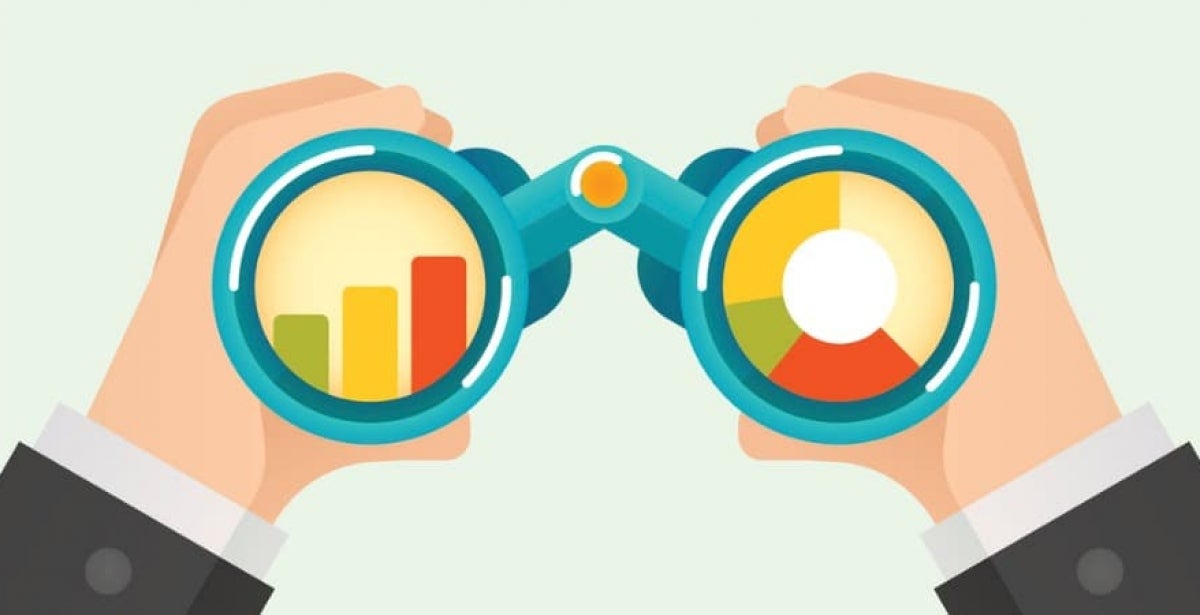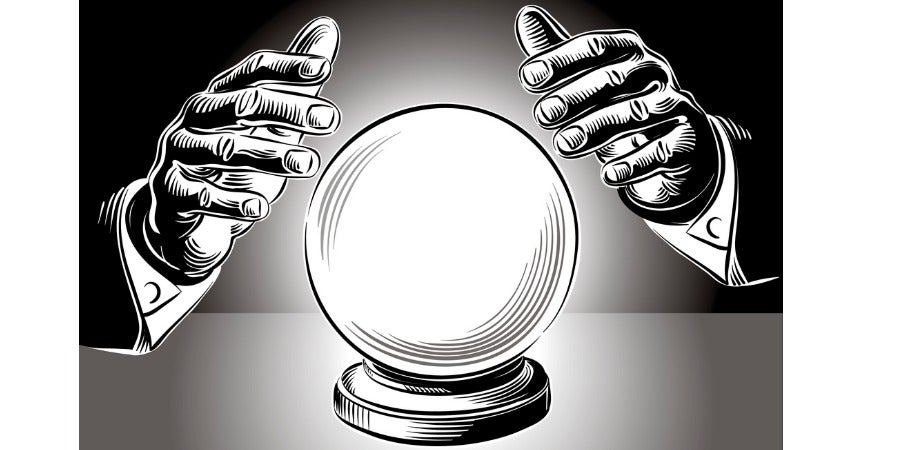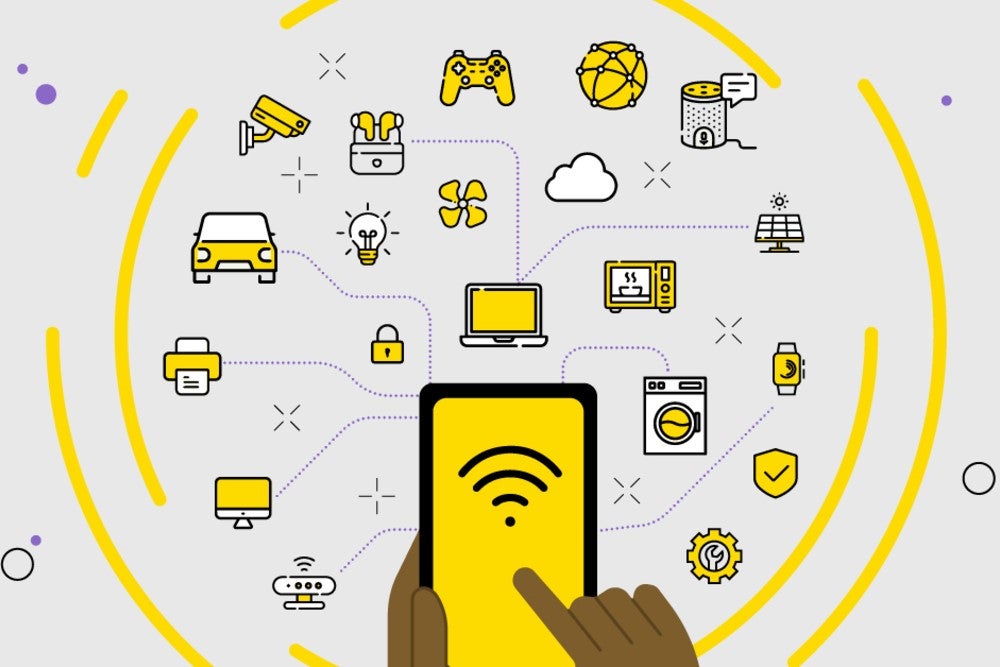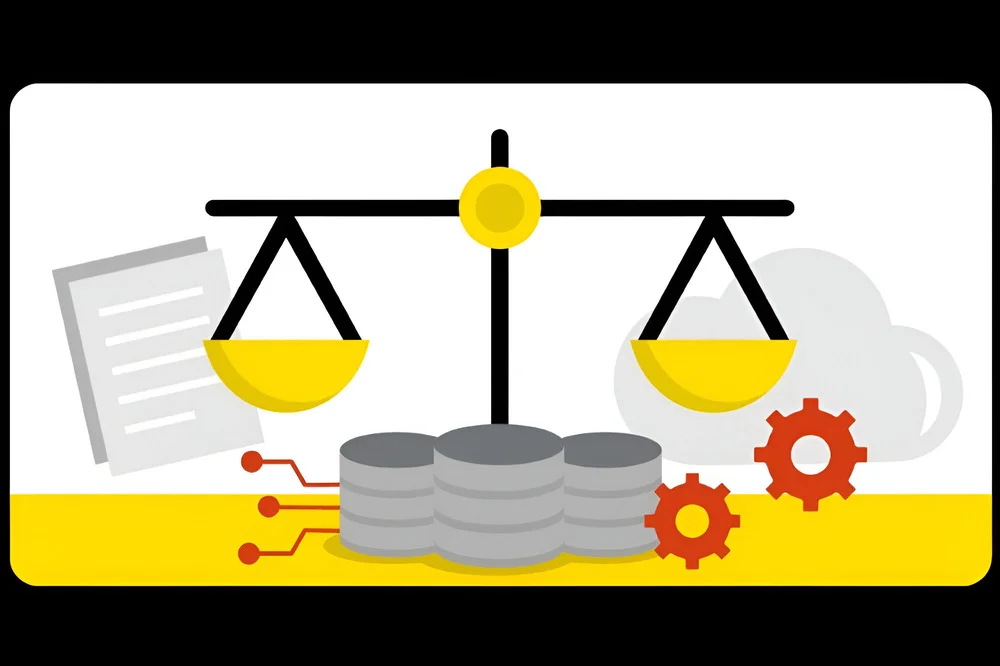How can machine learning predict the future?

As you walk towards your car you type a text message on your smartphone. After you tap the first two or three letters of each word the phone constantly suggests potential words you might be looking for. Once a few words are on the screen, it starts making suggestions for the next word before you even begin to type.
You sit in your car and start the engine. Your phone connects via Bluetooth to the vehicle’s entertainment system and a note flashes up on your phone screen, telling you how long it will take to drive to the location of your son’s soccer training, as you do every Tuesday evening in winter. It also offers a link to a map.
As you drive home, when you’re still two kilometres away, the central heating in your house switches on and, later that night, your voice-controlled home automation system sets an alarm for 6.30am without having to be asked.
Welcome to the world of machine learning – the machine is in your pocket.
These personal uses of an astounding technology are only the tip of the machine learning iceberg. It is made possible by advanced and miniaturised CPUs powerful enough to run neural networks, now standard in modern smartphones.
If this is happening in smartphones, imagine what is being achieved on a larger scale, whether that be on a laptop computer, a desktop PC or an entire network.
Understanding machine learning for forecasting
Machine learning is all about predictions, and the teaching of a computer system to take raw data and use it to make those predictions.
How is this any different from software and systems that have been around for decades? Traditional software needs a human being to enter code that tells the computer how to analyse specific data to make required and defined predictions. In a machine learning prediction environment, the computer takes the data and teaches itself.
This learning can be ‘supervised’, where massive sets of data are used to teach a machine by example, or ‘unsupervised’, where the computer analyses data on its own, recognising patterns and creating its own categories.
The enormous benefit of such processes for business and government is that the machines will likely recognise patterns and trends that their human masters have not even considered. They can, therefore, begin to make predictions that potentially offer entirely new competitive advantages.
The benefit for individuals is that their devices can become truly personalised, with most of the learning going on within the device itself, rather than via the cloud.
Where is machine learning being used?
Consider the size and scope of the vehicle collection used by the US Army. Imagine the complexities involved in keeping all of the cars, trucks, troop carriers, helicopters, Humvees, etc. serviced and running smoothly. How much easier would that job be if the service department could plan ahead, in terms of people, processes and parts.
Thanks to machine learning, the Army will soon be able to see into the future. Sensors are being placed in the engines of vehicles from which data will be fed back to a central system. Information such as hours of use, temperature, RPM, etc. will be gathered and analysed, and machine learning patterns for predictive analytics will be identified. As a result, servicing of vehicles will become a predictive and proactive exercise rather than a reactive one.
Another complex issue is cyber crime, particularly malware. Hundreds of thousands of new pieces of malware are introduced into the cyber world every day, yet leading cyber security firms are able to protect against the vast majority of them, but how?
Most malware shares similar code with just small changes. Machine learning enables computers to recognise the code, mitigate threats and to continue to do so as those threats evolve. Machine learning also makes it possible to recognise and predict how and where attacks are likely to occur and to prepare for them ahead of time.
And in the field of healthcare, machine learning is being utilised to predict those who are most at risk of illnesses such as cancer, by looking at past data to develop predictive models.
One study involved an analysis of mammography scans of patients who went on to develop breast cancer. Once the machine had recognised specific signs and patterns it was able to spot cancers up to 12 months before women who had been recently scanned were diagnosed.

Machine learning and data scientists
Data scientists and data analysts are at the core of the future of AI and machine learning. Almost every industry, from finance to health, from transport to agriculture and from education to exploration, will require such capabilities to remain competitive and viable.
As well as the obvious business benefits, AI and machine learning driven by data scientists will also be at the centre of lifestyle improvements for coming generations. We are already enjoying the benefits of machine learning, as outlined above, and they will only increase as time goes on.
Machine learning is expected to be embedded in almost every new software application and into other types of devices, from televisions to white goods. It will also result in computers and other devices becoming exceptionally good at speaking with humans.
Already data scientists have helped to create voice-activated systems such as Google Assistant and Siri that help us with particular tasks – switching on our favourite playlist, checking the weather in Tokyo or locating the nearest petrol station. But in the near future, they will do so much more and will be included in other types of hardware, including cars.
And speaking of cars, the automotive industry will be a major employer of data scientists as self-driving automobiles learn their way around the roads, recognising pedestrians, avoiding traffic snarls and chatting with us about the weather.
The future of technology, particularly for data scientists, is very bright, indeed. Find out more about becoming an expert in this field with our Master of Data Science.









